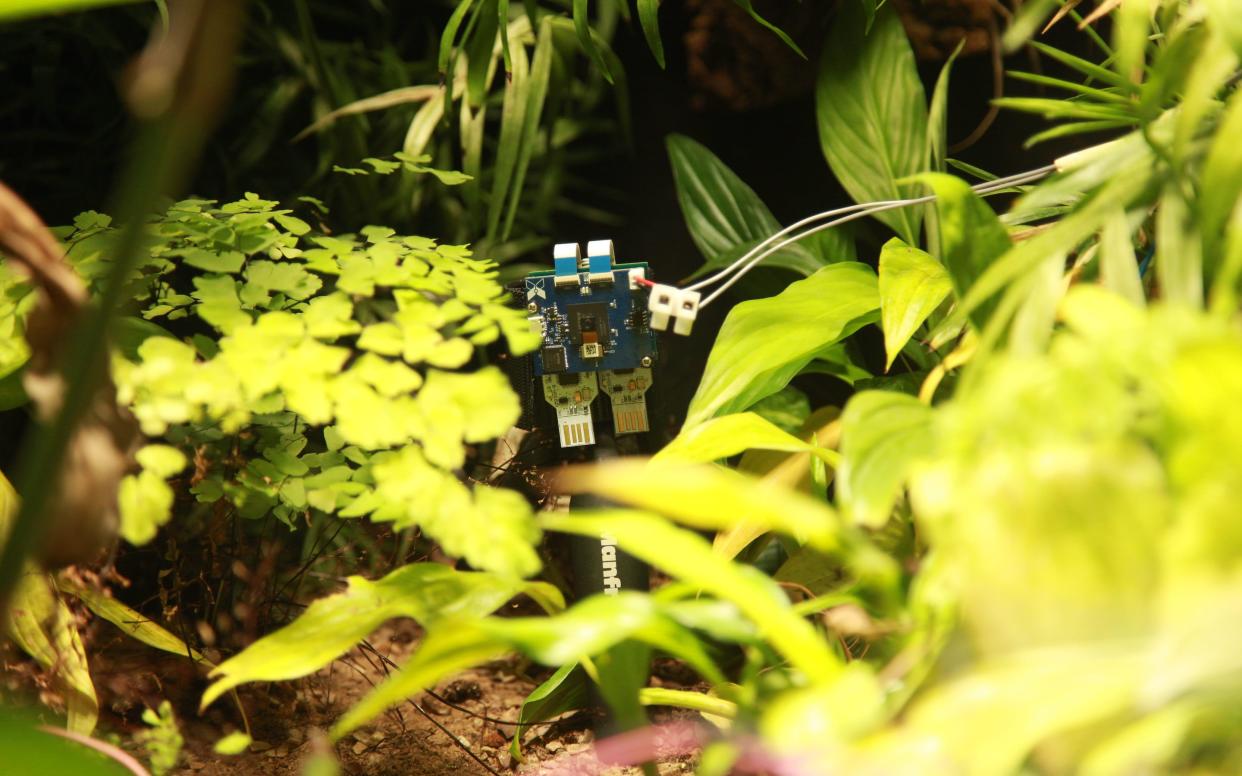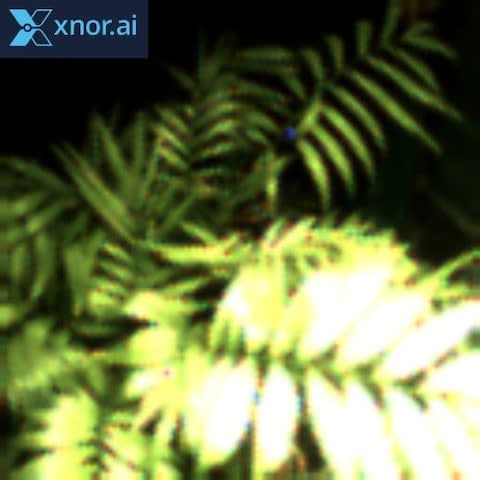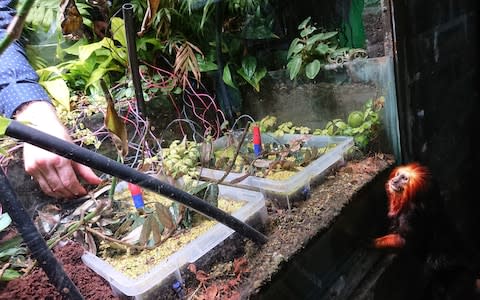Plants taught to take 'selfies' in move which could help scientists discover more about the rainforest

Scientists have taught plants how to take 'selfies' in a move which will make monitoring the wildlife in rainforests far easier.
The first ever "plant selfie" has been taken with the help of researchers from the Zoological Society of London (ZSL) after they managed to invent a camera which works using energy generated by the plant.
This is an exciting new development for conservationists, as they have been able to harness the natural energy created by living plants to create small amounts of electricity, allowing them to "plug in" to nature.
Earlier this year, they installed microbial fuel cells in ZSL London Zoo’s Rainforest Life exhibit, in order to power a plant to take its own picture - with the ultimate aim of using plants to power camera traps and sensors in the wild.
Now, the experiment has been a success, with the plant able to take pictures of itself without further human interference.
After spending the summer growing in strength, Pete - a maidenhair fern whose delicate leaves and shiny stalks are clearly visible in the images - now photographs "himself" regularly.

The scientists are due to refine the trial before setting up a similar experiment in the wild.
The battery works because plants produce sugars through photosynthesis. These do not remain in the leaves, but are transported throughout the plant to the stem and roots, where some of them are excreted as waste product.
Bacteria that naturally surround the roots break down these sugars, releasing electrons and protons. These are captured by an anode and a cathode, which charge the fuel cell. When this is full, power is discharged and a photograph is taken.
This technology is also ground-breaking as it allows technology to work in the shade, as the batteries currently used for rainforest monitoring are solar-paneled. It also reduces the need to replace batteries.
The camera is enabled by ultra low-powered technology created by US Artificial Intelligence company Xnor.ai, and works around the clock on any device while consuming such low energy it can be powered by a small plant.
The fuel cell has the potential to monitor inhospitable and remote locations for key data such as temperature, humidity and plant growth, to help scientists understand the effects of issues including climate change and habitat loss.

Scientists could attach different types of monitoring devices to the fuel cell and interpret the data from afar.
ZSL’s Conservation Technology Specialist Al Davies explained: “Seeing Pete’s first selfie was an incredible moment for the ZSL team, who have spent months monitoring and supporting his growth at ZSL London Zoo’s Rainforest Life exhibit.
“Plants naturally deposit biomatter as they grow, which in turn feeds the natural bacteria present in the soil, creating energy that can be harnessed by fuel cells and used to power a wide range of vital conservation tools remotely, including sensors, monitoring platforms and camera traps.
“Most power sources have limits - batteries must be replaced while solar panels rely on a source of sunlight - but plants can survive in the shade, naturally moving into position to maximise the potential of absorbing sunlight – meaning the potential for plant-powered energy is pretty much limitless.”
This experiment has been in the works since 2018, when scientists in ZSL’s Conservation Tech Unit partnered with Open Plant, Cambridge University and the Arribada Initiative to run a competition to design a fuel cell that could be powered by plants.
Visitors to London Zoo are able to see "Pete" the fern in action taking selfies if they visit the Rainforest Life exhibit.

